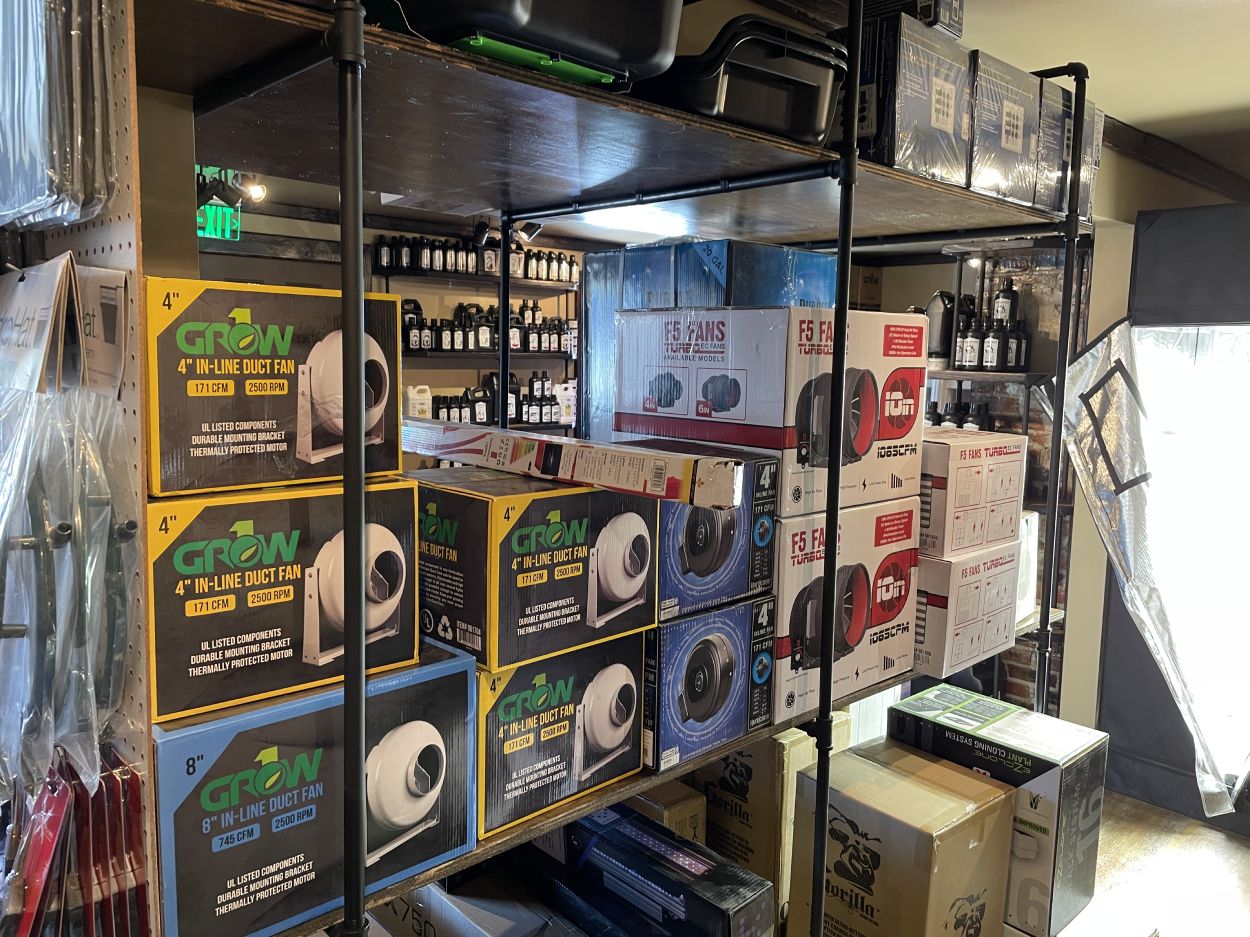Change Your Yard with The Indoor Earthworm's Planting Strategy
Change Your Yard with The Indoor Earthworm's Planting Strategy
Blog Article
Opening the Potential of Hydroponics: Comprehending Its Uses and Different Kinds
Hydroponics, a method of cultivating plants without soil, has actually amassed increasing interest for its prospective to change agriculture and horticulture methods. The accuracy control over nutrient distribution, water use, and environmental factors provides a look right into a future where food manufacturing can be maximized in various settings. As we navigate through the elaborate landscape of hydroponic systems and methods, it becomes noticeable that each strategy holds distinct advantages and constraints. By deciphering the varied usages and kinds of hydroponics, we can discover a globe of opportunities that might improve just how we picture lasting farming and horticulture practices.
Advantages of Hydroponic Equipments

An additional benefit of hydroponic systems is the ability to expand plants in a smaller space. Hydroponic systems lower the danger of soil-borne conditions and bugs, as there is no soil to nurture these threats.
Common Utilizes in Agriculture

Given the effective water conservation and space-saving benefits of hydroponic systems, it is apparent that these innovative farming approaches have actually located typical usages in numerous markets of agriculture. In typical agriculture, soil-based farming can be labor-intensive and land-consuming. Hydroponics supplies an option by allowing crops to be grown without dirt, decreasing water use by approximately 90% contrasted to conventional farming approaches. This makes hydroponics specifically ideal for regions dealing with water scarcity or minimal cultivatable land. Additionally, the regulated atmosphere of hydroponic systems allows year-round growing, supplying a constant supply of fresh produce despite external climate condition.
Hydroponics is commonly used for expanding a selection of plants, consisting of leafy environment-friendlies, tomatoes, cucumbers, herbs, strawberries, and peppers. Its versatility encompasses upright farming, urban agriculture, and greenhouse manufacturing. Furthermore, hydroponic systems are utilized in research and educational settings to research plant growth, nourishment, and cultivation strategies. The adaptability and effectiveness of hydroponics make it a beneficial device in modern farming, addressing the obstacles of sustainability, food safety and security, and source optimization.
Checking Out Various Hydroponic Strategies
Hydroponic systems offer a variety of techniques that cater to various plant kinds and cultivation objectives. In addition, the Ebb and Flow system, likewise known as the Flooding and Drainpipe system, intermittently floods the plant roots with nutrient remedy, allowing for oxygenation during draining periods. Each of these strategies showcases the adaptability and effectiveness of hydroponic systems in enhancing crop growth and yield.
Comparing Numerous Hydroponic Equipments
Exploring the efficiency and yield enhancement methods in hydroponics leads us to contrast different hydroponic systems readily available for plant farming. Each hydroponic system has its one-of-a-kind functions, benefits, and restrictions, making it critical for growers to choose the most appropriate system based on their certain demands and constraints.
One of one of the you can try this out most typical hydroponic systems is the nutrient movie technique (NFT), where a slim movie of nutrient solution continuously moves over the plant origins. This system is valued for its water effectiveness and suitability for expanding leafy greens and herbs. In helpful hints comparison, the deep water society (DWC) system submerges plant roots straight right into the nutrient remedy, offering ample oxygen and nutrients. The DWC system is reasonably simple and economical, making it a popular selection for novices.
Another popular hydroponic system is the ebb and flow (or flooding and drainpipe) system, which occasionally floodings the plant roots with nutrient service before draining it. By understanding the distinctions between these hydroponic systems, growers can make enlightened decisions to take full advantage of crop return and quality.
Technologies in Hydroponic Innovation
With advancements in hydroponic innovation, the agricultural market is witnessing a change towards a lot more lasting and effective farming approaches. Advancements in hydroponic modern technology are reinventing the means plants are grown by making the most of returns, preserving resources, and minimizing ecological influence. One key advancement is the development of wise hydroponic systems that make use of sensing units and automation to keep track of and change ecological conditions such as pH levels, nutrient focus, and light exposure in real-time. These systems make it possible for precise control over growing problems, bring about optimal plant growth and higher crop returns.
One more significant innovation is the integration of vertical farming methods with hydroponic systems, permitting the growing of plants in piled layers. This upright technique takes full advantage of area use, making it perfect for metropolitan atmospheres where land availability is restricted - The Indoor Earthworm. In addition, using advanced LED lights systems tailored to certain plant requirements has enhanced energy performance and enhanced growth rates in hydroponic setups
Developments like these are driving the development of hydroponics, making it a lasting you can check here and extremely attractive choice for contemporary agriculture.
Conclusion
Finally, hydroponics uses various advantages in agriculture and has numerous techniques and systems that can be made use of to maximize its capacity. Innovations in hydroponic modern technology remain to boost efficiency and sustainability in food production. By understanding the uses and different types of hydroponic systems, farmers and farmers can unlock the full possibility of this innovative method of growing plants without dirt.
In addition, hydroponic systems allow for far better control over nutrient degrees, pH equilibrium, and environmental conditions, leading to healthier plants and greater yields.

Report this page